2019-02-07
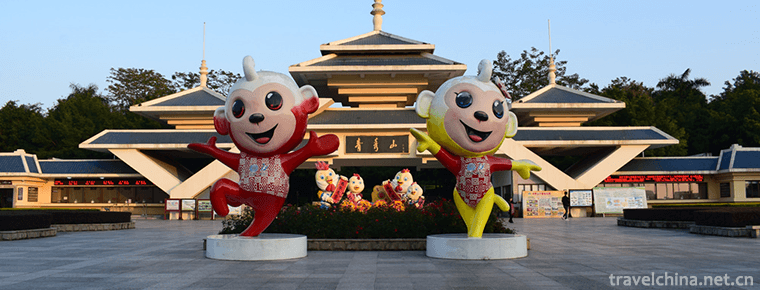
- By ChinaWiki.net
- Chinese Edition
- 2018-12-12
Qingxiushan Scenic Area is a national AAAAA scenic spot in Nanning. Qingxiu Mountain is a key scenic spot in Nanning. In addition to protecting and restoring the original historic sites such as Dong Quan, Picking Qingyan Cliff Carvings, Stone Fragrance Stove and so on, many new scenic spots have been built.
Qingxiu Mountain Scenic Spot includes Phoenix Ridge, Fengyi Ridge and Qingxiu Mountain, with an elevation of 82 meters to 289 meters, pleasant climate, exotic mountains and flowers, which blossom all the year round. The ancient poem says, "The green hills are not always old, the travelers feel good in spring, I bring spring to the mountains, and the mountain flowers blossom in spring." In ancient times, Qingxiu Mountain has been a famous summer resort in Yongnan.
Location context
Qingxiushan Scenic Area is located on the Bank of Yongjiang River about 9 kilometers southeast of Nanning City. There is a tall pagoda on the top of the green hill, called the Dragon Elephant Pagoda, commonly known as the green hill pagoda. Qingxiu Mountain is located in the north latitude N22, 47, 23.35 and the east longitude E108, 23, 4.26 and is known as "the giant lung of Nanning City". The total area is 4.07 square kilometers, of which the surface area is 14,667 square meters, the green area is 25,000 square meters and the main peak is 289 meters above sea level.
topographic features
Qingxiu Mountain Scenic Area is composed of 18 large and small mountains, such as Qingshan Mountains and Fenghuangling Mountains. The pagoda on the top of Qingxiu Mountain is called the Longxiang Pagoda, commonly known as the Qingxiu Pagoda. It is the symbol of Qingxiu Mountain. It was built in the Ming Dynasty. It has nine stories, 60 meters high, 12 meters in diameter and 207 spiral stairs. It is the highest Pagoda in Guangxi. The two giant man-made lakes, Tianchi and Yaochi on the mountainside, are in contrast to the verdant trees of the mountains. Tianchi covers an area of 15,000 square meters with a water depth of 2-3 meters. The water is sparkling. The Yaochi Lake in the water is reflected by green pine, cypress and blue sky and white clouds. It is located on the east side of the "Three Treasures Hall" of the Buddhist Hall with three stone statues of Zhuangs goddess, Luojia, Bubado, the wise goddess, and Bubo, the brave goddess. It covers an area of 5,000 square meters. There are 59 statues of Queen Mother in the pool. The granite bluestones along the east coast are engraved with relief maps of Baxianju Yaochi.
Historical development
Qingxiushan Scenic Spot was built in Sui and Tang Dynasties, flourished in Ming Dynasty and disappeared in the late Qing Dynasty and early Republic of China. At that time, the tourist area was more than 11,800 mu. There were eight sceneries of Qingxiu Mountain, called Taiqing Overview, Dinner View Garden, Mountain House, Night Moon, Sunset Tower Shadow, Midnight Pine Wind, River Sail Breaking Waves, Liangge Listening Spring Spring, Shapu Fishing Lamp. As a result of long-term disrepair, the eight sceneries have been abandoned and forgotten by people. Only the ruins left by the dynasties and various myths and stories still spread among the people.
After liberation, the people's government attached great importance to the construction of scenic spots. In 1986, the Nanning Municipal People's Government began to allocate funds to rebuild the Qingxiushan scenic spot. Firstly, the Dragon Elephant Pagoda was rebuilt. The area of Tianchi, Dong Ting and Wangjiang Ting scenic spots reached more than 500 mu, including the Dragon Elephant Pagoda, which was nine storeys high and more than 60 meters Among the tourist areas, there are 23 new scenic spots, such as Buyunmen, Yuntiangge, Lingyun Tower, Yunxiang Tianwai, Xiaolan Huagang, Qingxiu Mountain House, Liangyi Pavilion, Magpie Pavilion, Jinli Opera, Lotus Pool, Haohaoting and Ancient Road.
Scenic spot
Overview
Qingxiu Mountain is a key scenic spot in Nanning. In addition to protecting and restoring the original historic sites such as Dong Quan, Picking Qingyan Cliff Carvings, Stone Fragrance Stove and so on, many new scenic spots have been built. For example, the Thai Garden is a landscape tourist attraction built by Nanning and Kongjing Municipal Government of Thailand in the cultural exchange project. It is designed by Thai architects, and the garden is completely Thai style.
Dragon elephant tower
On the top of the right hill of Tianchi, the standing pagoda is called the Dragon Elephant Pagoda, commonly known as the Castle Peak Pagoda. It is the symbol of Qingxiu Mountain. Located on Fengyiling Mountain in Qingxiushan Scenic Area of Nanning City, Longxiang Pagoda was built by Shangshu Xiaoyun in Ming Dynasty in 1618, which was named Longxiang Pagoda after the Buddhist Sutra "Dragon power in water and elephant power in land". The original tower is more than 10 feet high and has 9 stories of octagonal brick structure. Tomorrow Qi 4 years (1624) was struck by lightning on the top two floors, has not been repaired.
In 1937, during the Anti-Japanese War, the Yongning County Government terror tower became a navigation target for Japanese aircraft to bomb Nanning. Chen Shoumin, the county governor, made people demolish the tower. According to the appeal of people from all walks of life in Nanning, the Nanning Municipal People's Government, while restoring the construction of Qingxiushan Scenic Spot, rebuilt the Dragon Tower in the original site in 1986 with the style of Shengliao Dai. The reconstructed Longxiang Tower still has an octagonal shape of 9 stories and is replaced by a brick-concrete structure. The tower is 52.35 meters high and 12 meters wide. It has green glazed tiles. There are 207 spiral ladders built directly to the top of the tower. There are 72 copper bells hanging under each eaves angle. According to relevant people, it is the tallest tower in Guangxi.
It retains the architectural style of the Ming Dynasty, green bricks and blue tiles, octagonal eaves, climbing the top of the tower, overlooking the scenery of Yongjiang River in the distance, overlooking the scenery of Langdong New Town in Nanning.
Tai Ying Tian Chi
Taying Tianchi is a beautiful landscape of Longxiang Pagoda and its northern Tianchi. It is one of the "Ten Landscapes" in Nanning and is located in Qingxiushan Scenic Area. The name of the pagoda is Longxiang Pagoda. Tianchi is a large artificial lake on the hillside of Qingxiu Mountain. The water in the pool is sparkling. The shadow of the pagoda enters the pool. The water in the pool reflects the pagoda.
Millennium cycad Park
Qingxiushan 1000-year Cycad Garden covers an area of more than 100 mu, with nearly 100 cycads over 1000-year-old. The oldest Cycad King is over 1360 years old. More than 50 species of cycads have been collected in the garden, and the total number of cycads is tens of thousands. It is one of the largest ex situ conservation breeding bases of labyrinth cycads, Debao cycads, forked cycads, Debao cycads and Shishan Cycads in China.
Rainforest Grand View
The Rainforest View was built in 1998. It covers an area of more than 500 mu, has many species and overlapping vegetation. It has more than 2,500,000 plants of more than 200 families. There are more than 3 million plants with unique characteristics of the rainforest, such as human face, eucalyptus, fruit-gathering banyan, and more than 180 national key protected plants, such as Wangtian Tree, Alsophila spinulosa and Dalbergia odorifolia.
Qingxiushan Friendship Corridor
Qingxiushan Friendship Corridor is located between Zhuangjin Square and ASEAN Friendship Park in Qingxiushan Scenic Area, 618 meters long. Following the characteristics of the Dongs Wind and Rain Bridge in Guangxi and combining the architectural style of Lingnan gardens, the corridor is constructed with the mortise and tenon of Pinus sylvestris var. mongolica. Friendship Corridor integrates bridge, corridor, Pavilion and building. It is not only a scenic spot, but also a resting place. The galleries display photographs of the production and life of people of all nationalities in Guangxi and representative architectures, clothing, food and other photographic materials of ASEAN countries.
ethnic customs
Shoe dance
The most interesting and interesting aspects of the Zhuang people's literary and sports skills are the powerful "sneaker competition" and "wrench dance" like the military battlefield. Skateboarding competition is a team of several people, all wearing a pair of long shoes to race.
According to legend, board shoe dance originated from the Ming Dynasty. During Jiajing period, Mrs. Wa, the heroine of the Zhuang nationality, led the Langbing of Guangxi to fight against Japanese aggressors in Zhejiang Province. She trained Langbing with three-man leg-binding race, which made the military discipline strict and concerted, and later evolved into this kind of sport.
Lions on Jinshan
In the eyes of the Zhuang people, lions are auspicious things.
The Zhuangs'lion dancing skills include Gaotai Lion Dance, Double Lion Playing Ball, Lion Plum Blossom Toona, Overpass Bridge, Knifepoint Lion Skill, Lion Upper Jinshan, etc. This move of lions to Jinshan is even more dangerous.
Jinshan is a 17-storey, 8.5-metre-high golden hill with about 35 benches. The performers dressed as lions climb the golden hill, jumping, flying and dancing on the rocking golden hill.
Walk on stilts and play football
This is the "tall football" of the Zhuang nationality. It's very similar to football. But they can't kick with their feet. They can be used in running, fighting and kicking.
The ball is football, but it used to be grapefruit.
In the Southern Song Dynasty, people in Nandan County, Guangxi, played pomelo games. In the Mid-Autumn Festival, they also held pomelo games. In modern times, they played football on stilts.
Festival activities
Qingxiu Peach Blossom Art Festival
Activity time: Spring of each year
Activity Content: Qingxiu Peach Blossom Art Festival is the theme of spring flowers in Nanning
Gala. Every year, during the season of warm flowers blooming in spring, tourists flock to Nanning and its surrounding mountainous areas, and more than 300,000 people visit the mountains to appreciate the flowers during the peach blossom period each year.
Qingxiushan New Spring Temple Fair
Activity time: Spring of each year
Activity Content: Every year, the Qingxiushan Scenic Area holds a grand and joyful Qingxiushan New Spring Temple Fair. The exhibition of auspicious and festive human customs at temple fairs shows a long history of Chinese national culture.
Tourist guide
bus line
Bus routes: take bus 10, 32, 33, 34, 62, 70, 71, 94, Chenghuan Line 1, Chenghuan Line 2, 601 to Qingxiushan Gate or Qingshan Station, Qingshan Yinghua Crossing Station, transfer to the special line inside the park.
Local specialities
Hydrangea, brocade products, bronze drum crafts, Momordica grosvenorii, cinnamon and so on.
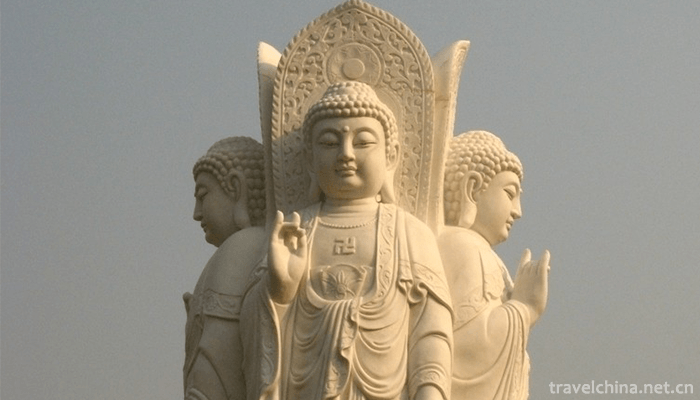
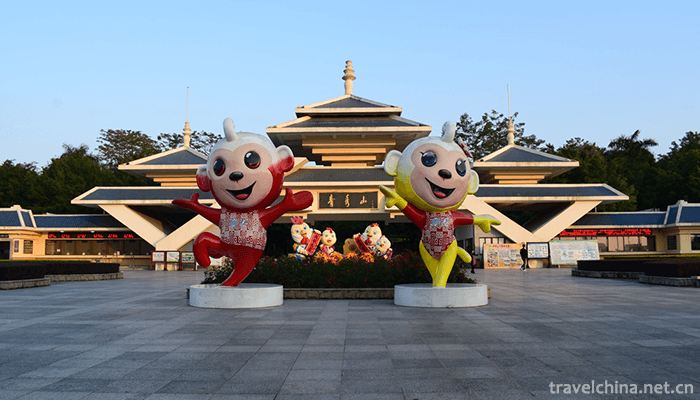
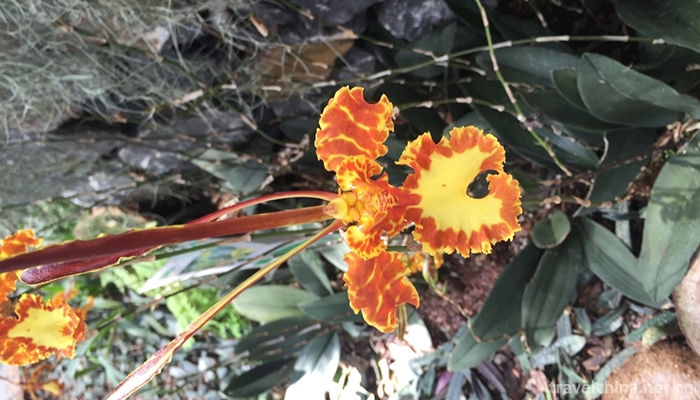
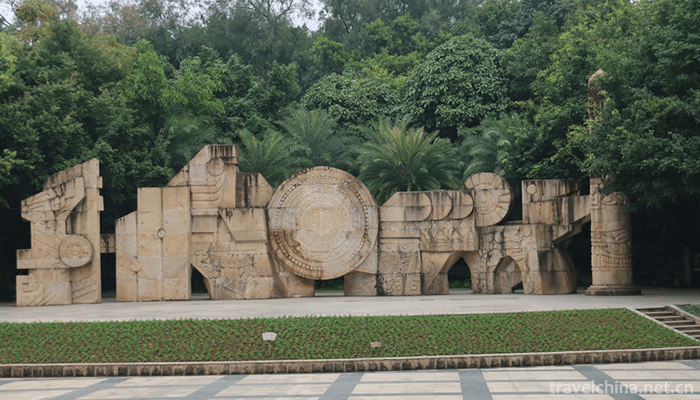
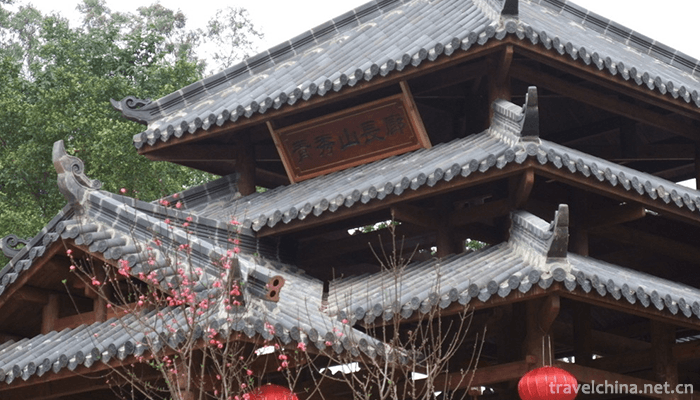
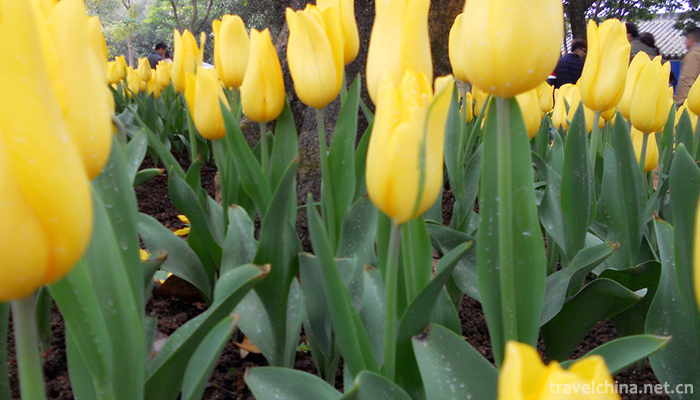
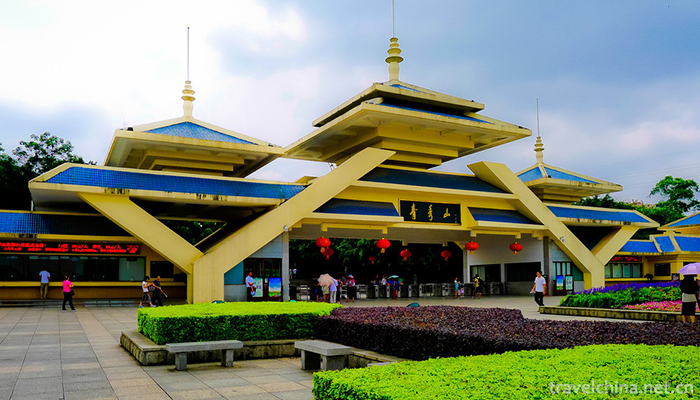
Ask a Question
Your email address will not be published.
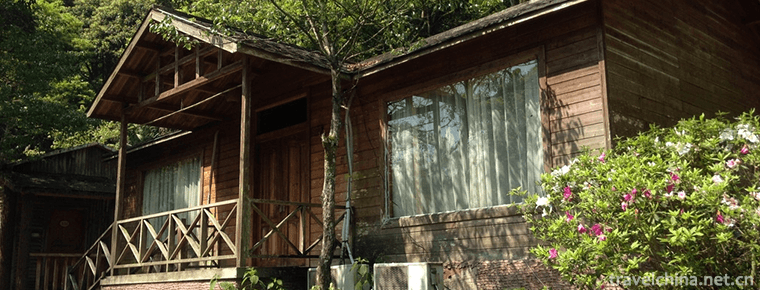

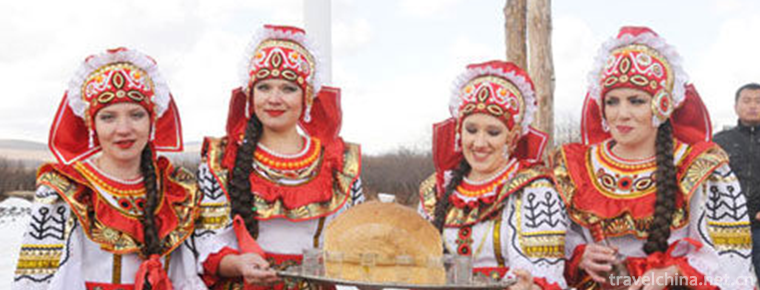
0 Questions